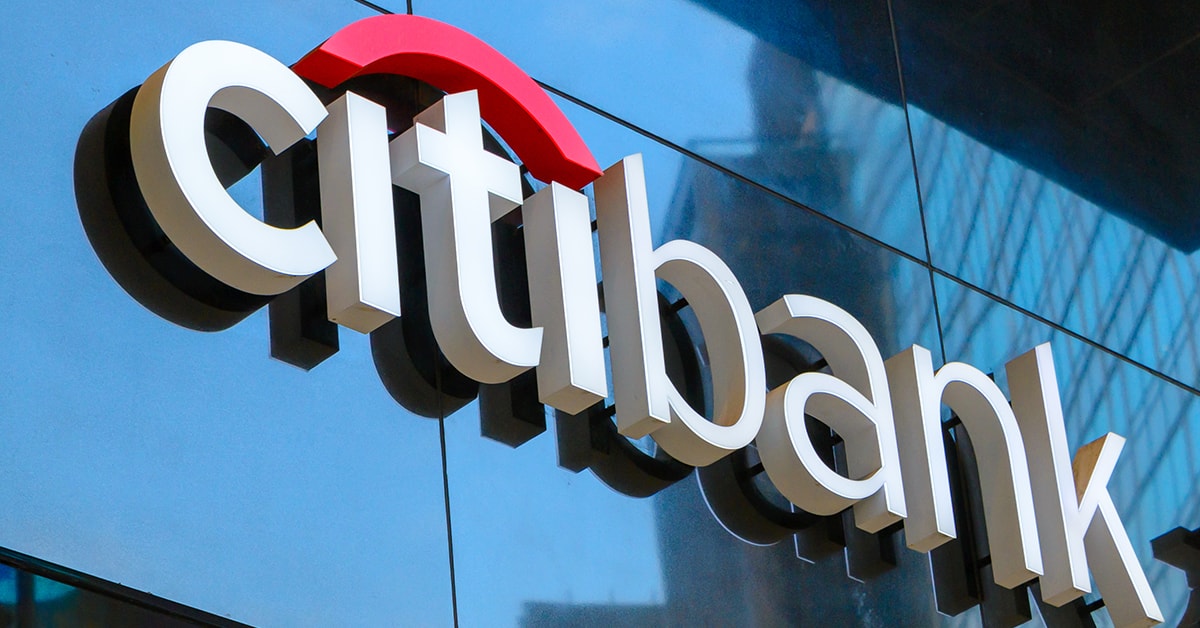AI, big data and cloud computing sharpen forecasting accuracy.

Data-driven treasury has long been the holy grail of corporate treasury departments looking to their banking partners to add value to the mountains of data created by day-to-day cash management activities. Now, with the right technology and increasing client demand, banks can provide corporate treasuries with valuable insights based on clean aggregated data.
“Corporate treasuries and financing teams face multiple challenges driven by fragmented technology infrastructures, numerous enterprise resource planning [ERP] systems, incomplete data and inefficient manual processes,” says Stephen Randall, global head of Liquidity Management Services at Citi Treasury and Trade Solutions. “The result is poor visibility into current cash positions and inaccurate forecasting of future positions and liquidity risk.”
Citi has partnered with Cashforce to provide a solution that improves cash forecasting accuracy and working capital insights. By extracting commercial data from a company’s multi-ERP infrastructure, Citi, winner of the Best Bank for Liquidity Management award, now provides a complete, aggregated view of cash positions. Powered by algorithmic models and machine learning techniques, Citi’s offering leverages the Cashforce platform to help identify historical data patterns and deliver more-accurate cash flow forecasts.
Faster Smarter AI
Bank of America, 2022’s Best Bank for Cash Management, launched its CashPro Forecasting service, which is embedded in the bank’s CashPro banking platform, in mid-January. The new service uses AI and machine learning techniques to predict future cash positions based on the client’s historical cash flow.
The new capabilities require no client onboarding—users simply log into CashPro; then the platform draws on two years of their data from their Bank of America and third-party bank accounts before it begins forecasting the client’s cash flow needs.
In May 2021, BoA launched its Complete AP to help companies digitize and automate their accounts payable departments.Faiz Ahmad, head of Global Transaction Services (GTS) at BoA reveals that the bank has a strong pipeline of cash management innovations: “We will be leveraging the technology behind Erica, our Consumer Bank’s cutting-edge innovation [virtual voice assistant], “to develop AI and ML solutions that will generate greater insights for our clients. This year we’ll build off the substantial tech investments we made in 2021 to broaden our API offerings, payment channels and mobile capabilities.”
Innovation is the name of the game for US banks as they seek to provide the best solutions for their clients. BNY Mellon, which took home this year’s nod as Best Bank for Payments & Collections, was the first bank to offer a real-time service to pay bills in the US and recently collaborated with Microsoft to support high-value wire payments via Microsoft’s Azure cloud-computing environment. The bank’s blockchain-based platform uses cloud-native message processing and big data analytics to enable any transaction to be traced, enriched, curated and analyzed as it is processed.
Finally, the Wells Fargo Cash Investment Money Market Fund—WFAXX, our Best Provider of Short-Term Investments/Money Market Funds, has a broad portfolio and invests almost exclusively in high-quality, short-term, US dollar denominated money market instruments that may have fixed, floating or variable interest rates from the US or other issuers. More than a quarter of the fund’s total assets may be invested in the dollar-denominated obligations of US banks. The fund also guarantees to purchase only securities presenting minimal credit risk.
Wells Fargo has long been a proponent of data-driven insights and announced a new digital transformation strategy in September 2021 that included strategic partnerships with Microsoft and Google as part of a multicloud approach with third-party data centers to drive technological speed, agility and scalability for its customers and employees.
Partnering with leading cloud providers offers banks even greater opportunities to help corporate clients better use their data.




